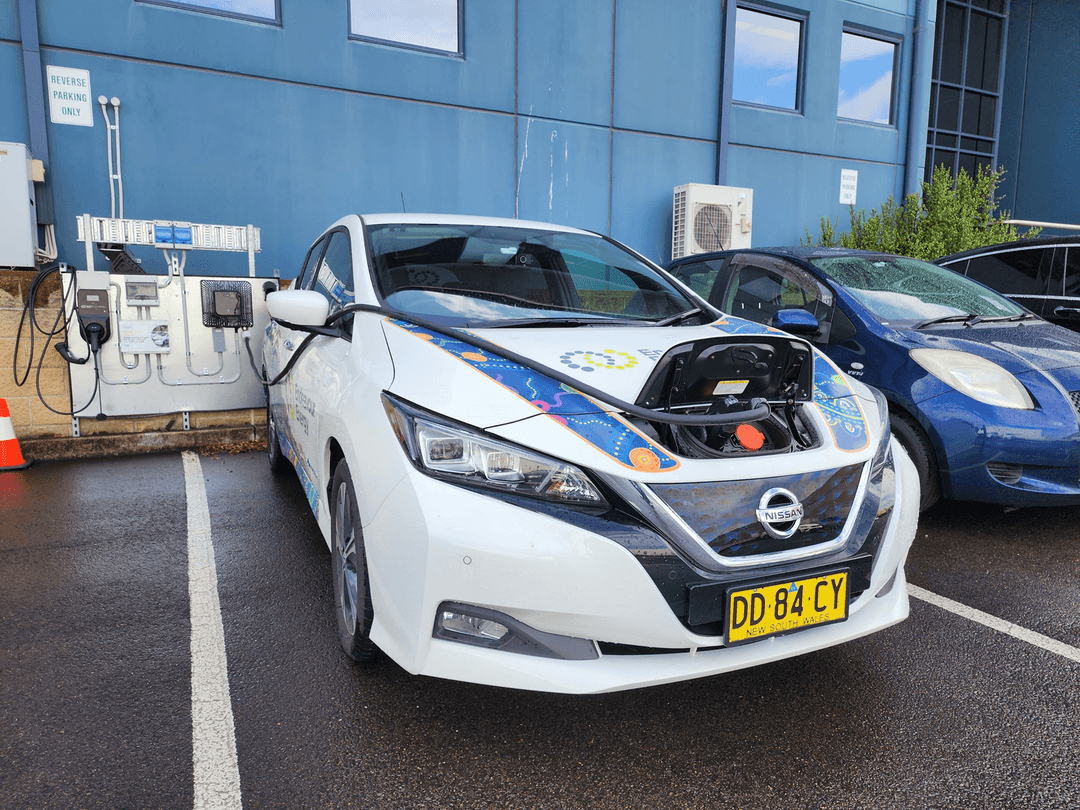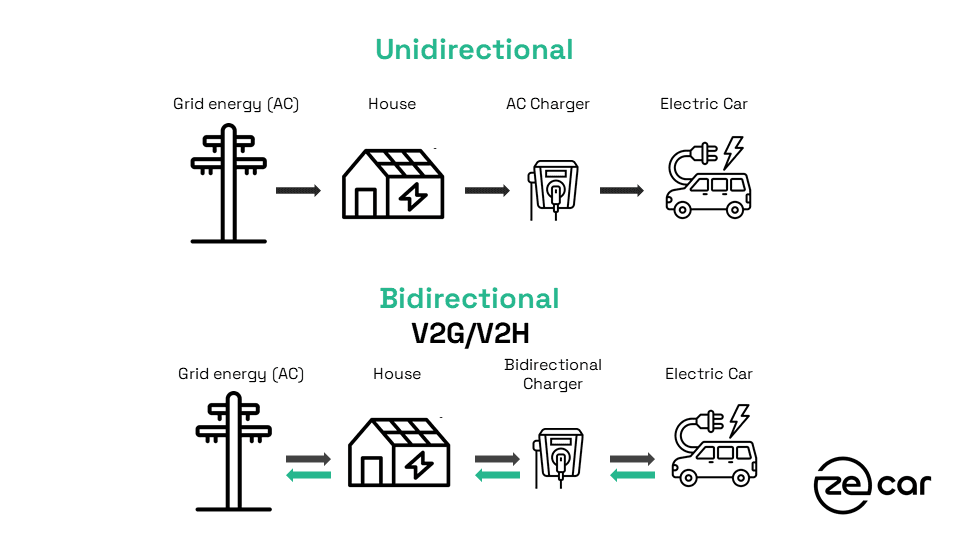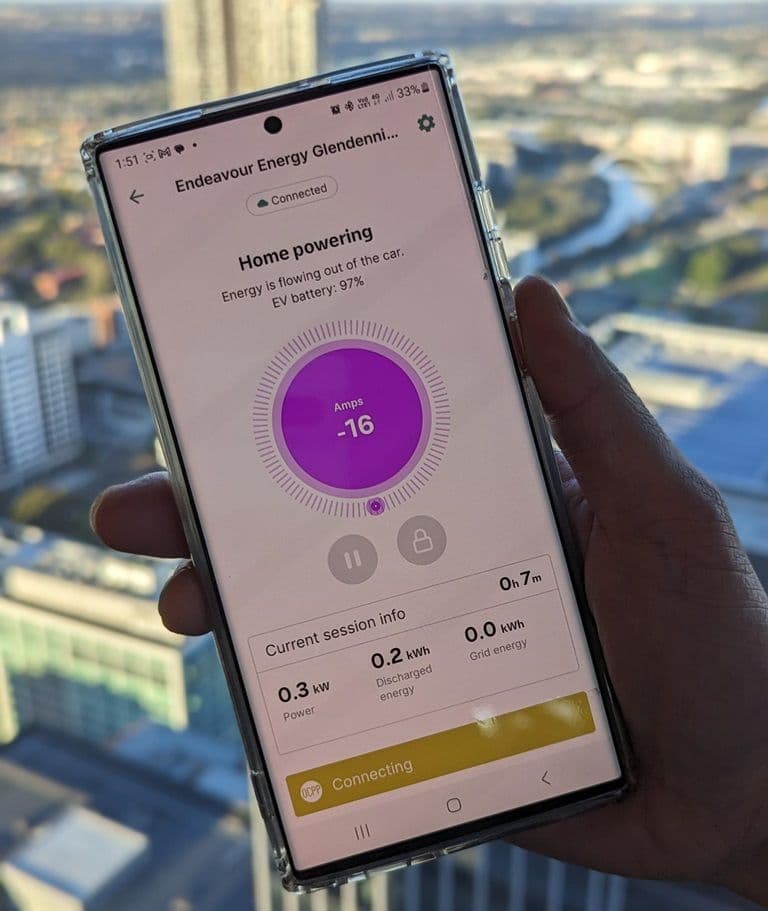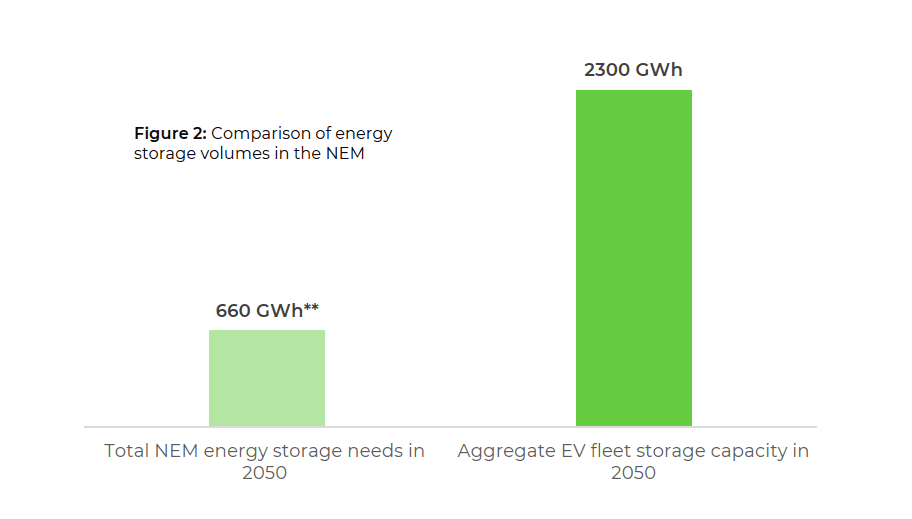Australia’s electric vehicle (EV) landscape is on the verge of a major transformation, with bidirectional charging set to redefine how EVs interact with the power grid.
The National Roadmap for Bidirectional Electric Vehicle Charging, recently released by ARENA in collaboration with RACE for 2030 and enX Consulting outlines a clear path for integrating this game-changing technology in to the Australian energy system..
The roadmap outlines five focus areas:
• National policy commitment
• Time-limited installation rebates
• Dynamic tariffs and national consistency for networks
• Clear direction on interoperability standards
• Clarity on national smart grid architecture requirements
▶️When is V2G Really Coming to Australia? An Energy Insiders Take

Bidirectional charging is more than just a way to charge a vehicle. It allows EVs to return power to homes, businesses, or even the grid, effectively turning them into mobile battery storage units. This innovation could help stabilise the electricity supply, lower power bills, and accelerate the shift to renewable energy.

▶️MORE: Which Electric Cars Have Bidirectional Charging?
What Makes Bidirectional Charging a Game Changer?
Bidirectional charging, particularly Vehicle-to-Grid (V2G) and Vehicle-to-Home (V2H) technology is already being trialled in Australia. While it’s not yet available (albeit soon) to the general public, the potential benefits are clear:
- Lower Energy Costs – EV owners with V2G-enabled vehicles could sell excess energy back to the grid or use stored power during peak pricing periods, reducing electricity bills.
- Grid Stability – By supplying energy during peak demand, EVs could help balance the grid, reducing reliance on fossil fuel-based backup power.
- Backup Power Supply
- Increased Energy Independence – Homeowners and businesses with bidirectional-capable EVs could rely less on traditional energy providers, gaining more control over their power use.
With 1.5 million EVs projected to be on Australian roads by 2030, even a fraction of these vehicles adopting V2G technology could significantly impact the National Electricity Market (NEM), reducing the need for large-scale storage infrastructure.
▶️MORE: Australia's EV Market Set for a Big 2025

The Opportunity for Australia
“International supply chain stakeholders consider Australia could become a global leader in customer uptake and utilisation of bidirectional charging products and services”
“Many stakeholders consider uptake rates for bidirectional EV charging could be comparable to those achieved for rooftop solar in Australia, achieving 2.6 million residential V2G installations by 2040.”
Electric vehicles (EVs) with bidirectional charging capabilities have the potential to become one of the largest sources of flexible electricity generation worldwide.
According to enX, by 2050, the usable storage capacity of Australia's EV fleet will exceed three times the total storage capacity of the National Electricity Market (NEM).
By the early 2030s, the total battery capacity of the EV fleet is expected to surpass all other forms of storage in the NEM, including Snowy 2.0.

The initial capital cost premium for enabling vehicle-to-grid (V2G) technology is significantly lower than that of large-scale storage solutions. This cost advantage is primarily due to the fact that V2G only requires a slight increase in the cost of installing a V2G-capable charger, as consumers have already invested in the car's battery.
The Road to Adoption
While the technology is still in its early stages, ARENA has actively supported V2G and bidirectional charging trials since 2019. The newly published roadmap provides a framework for government and industry to align policies and investments, ensuring Australia is ready to unlock the full potential of EV energy storage.
For EV enthusiasts, this is more than just a technical milestone—it’s a glimpse into a future where owning an electric car means having more control over energy costs and sustainability. As bidirectional charging moves closer to mainstream adoption, Australian EV owners could soon find themselves at the heart of a smarter, more efficient energy system.
You can view the roadmap and detailed energy modelling here.
Stay up to date with the latest EV news
- Get the latest news and update
- New EV model releases
- Get money savings-deal
